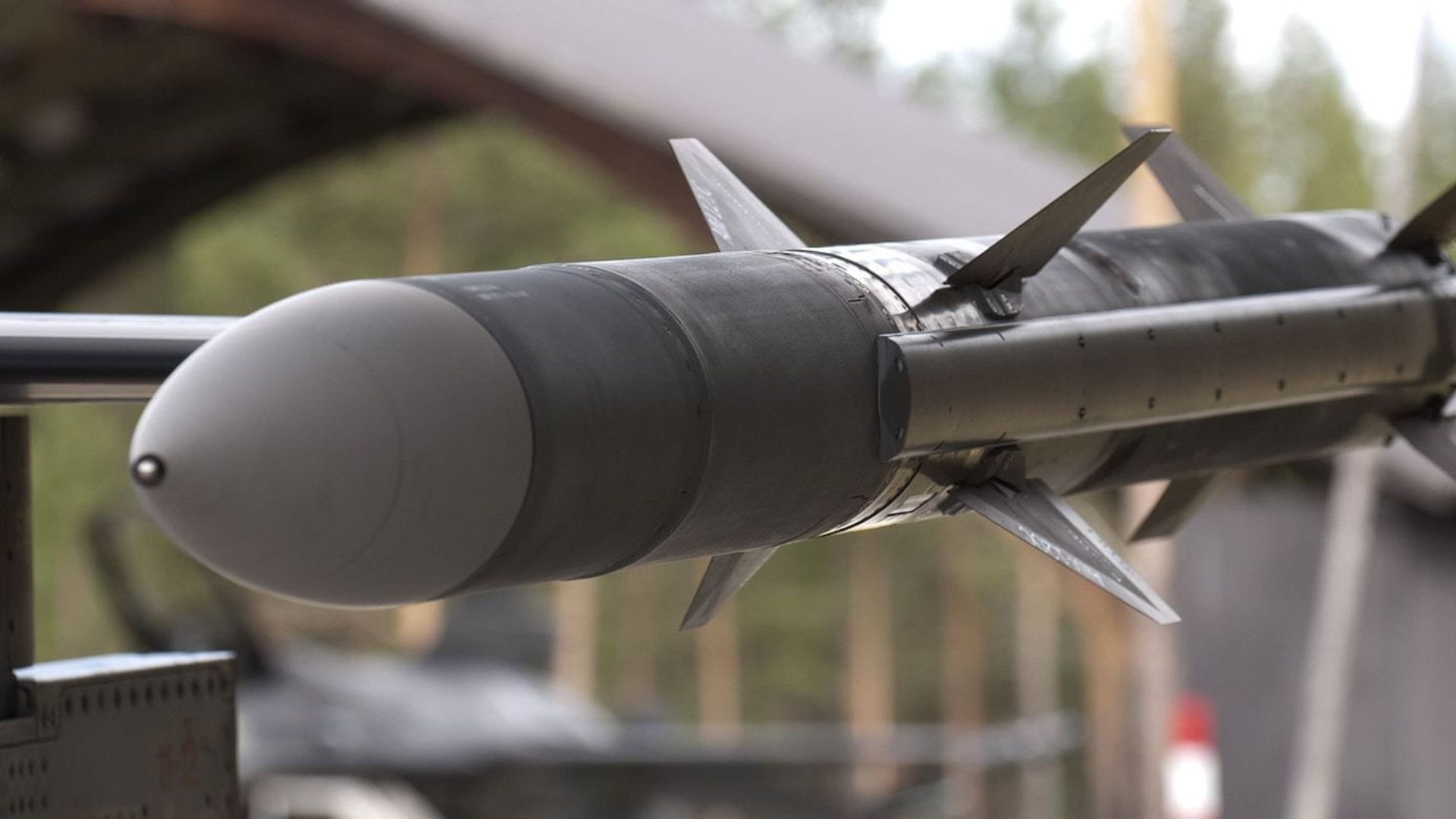
U.S. DoD Contract Hints at Pakistan’s AMRAAM Missile Upgrade for F-16 Fleet
In a development that could shift the regional air power equation, a recent U.S. Department of Defense contract has sparked speculation that Pakistan may soon receive upgraded AIM-120C-8 AMRAAM missiles for its F-16 fleet. The report, first highlighted by IDRW (Indian Defence Research Wing), points to a Raytheon production contract (FA8675-23-C-0037, modification P00026) that lists Pakistan among several countries included in the missile order.
The AIM-120C-8 variant is a highly capable Beyond Visual Range (BVR) air-to-air missile, offering extended range, improved electronic counter-countermeasures, and better guidance over older C-5 or C-7 versions. If confirmed, this would mark a significant capability boost for Pakistan’s F-16 Block 52 jets, restoring their competitive edge after years of limited access to advanced American munitions.
According to IDRW, Pakistan is expected to receive the C-8 variant rather than the D-3, as export restrictions prevent Washington from supplying its most advanced versions to non-NATO allies. The C-8, however, still represents a major leap, capable of engaging enemy aircraft at far longer distances than most regional competitors can currently manage.
The contract has triggered concern in India, where defense analysts have noted that any improvement in Pakistan’s missile inventory directly affects South Asia’s strategic balance. India had previously objected even to Washington’s $450 million sustainment package for Pakistan’s F-16s, arguing that such support indirectly enhances offensive potential against India, rather than purely counter-terrorism operations.
While the inclusion of Pakistan in the DoD contract is public, neither the U.S. Department of Defense nor the State Department has officially confirmed that new missiles have been transferred. Experts suggest this could still be in an early or pending phase, depending on export clearance, funding, and verification agreements.
If the transfer proceeds, Pakistan’s F-16 fleet will regain a potent long-range strike capability, one that had diminished in recent years as older missile stocks aged out. For the U.S., it represents a subtle effort to re-engage Islamabad strategically, possibly as a counterbalance to China’s growing influence in the region.
However, the move will likely face political pushback from New Delhi, where policymakers view such deals as inconsistent with Washington’s Indo-Pacific alignment narrative. The coming months will reveal whether this contract marks a quiet re-arming of Pakistan, or just another round of defense industry speculation.
